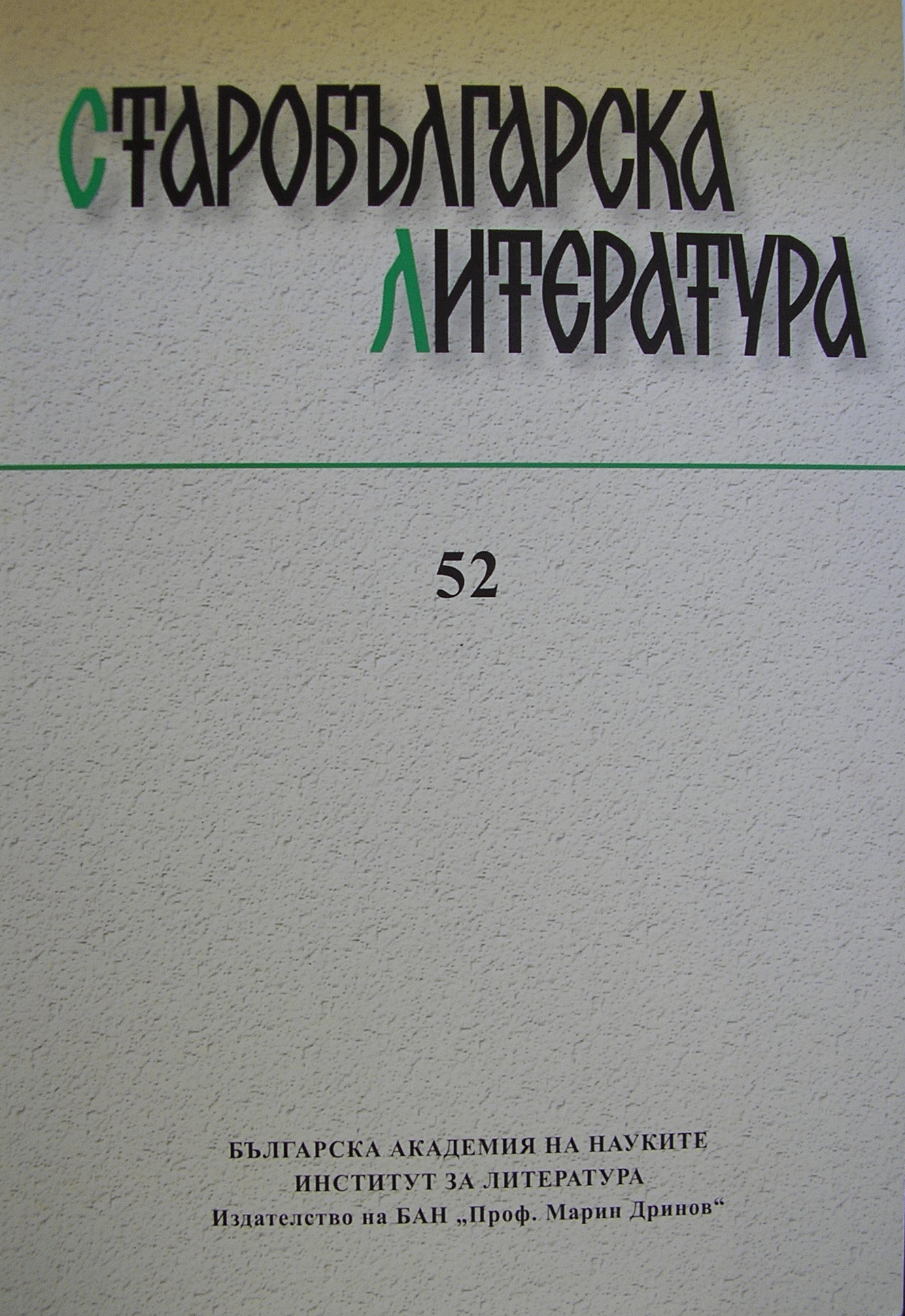
We kindly inform you that, as long as the subject affiliation of our 300.000+ articles is in progress, you might get unsufficient or no results on your third level or second level search. In this case, please broaden your search criteria.

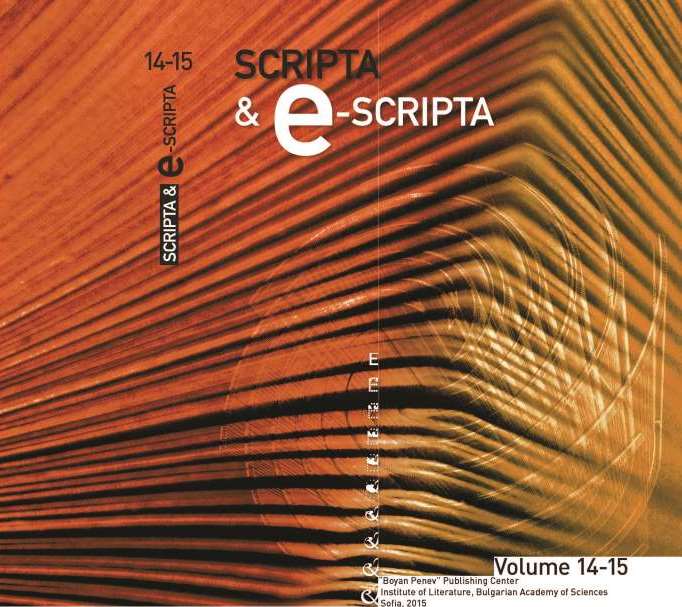
This paper contains the first publication of printed excerpts related to Bulgarian history from two historical compilations by Paulinus of Venice. Chronologia Magna sive Compendium is presented according to lat. 4939, National library, Paris (14th c.) and Satyrica historia – according to Ms 445, Jagiellonian library, Cracow (15th c.). As the study and analysis of these manuscripts demonstrate, the compendia contain many accounts related to Bulgarian history – from the formation of the Bulgarian state in 681 up to the dynastic marriage of the Latin emperor of Constantinople Henry in 1213. All of the motifs from Bulgarian history, which Paulinus selected and included, are significant and fully aligned with the aims, which he had set himself in the prologue to Satyrica historia. These motifs are not merely a compilation of successes and failures, but are to form a body of well researched information, which will serve to edify posterity, based on the historical experience of the Roman and other kingdoms. Interpreting the evidence in Paulinus’ accounts in light of his stated approach, it appears that after their appearance on the European stage (681) the Bulgarians played the role of the defenders of Christian Europe (717) and the armament of God (811 г., 1205 г.). Their joining the Christian family of the European people is also recounted (865) through the example of the determination and beatitude of the Bulgarian ruler who defended the new faith even against his own son. Additionally, the Bulgarians are described as participants in events related to Byzantine history (705), as well as being adversely affected by the expansion of the unconverted Hungarians (907, 970, 1003). The accounts related by Paulinus are re-workings of earlier sources he was apparently well acquainted with. It can be argued that the present publication identified those sources with significant accuracy. The mistakes in the dating that occur in Paulinus’ compilations are often attributable to him connecting events to significant historical episodes or historical personalities, around which he builds a whole chapter or rubric of the narration. Sometimes the anachronisms are due to the sources he used. The study of the context, in which motifs related to Bulgarian history are placed allowed me to identify the sources of the material and the method of compilation employed by Paulinus of Venice. Last but not least, the analysis of the content of the motifs allowed me to establish that Dandolo mainly used information from Historia satyrica, but perhaps also consulted with Chronologia magna. He included in his chronicle almost all the motifs from the works of Paulinus, with the exception of the chronological note on the death of Nicephorus I Genik and the episode on Walter Senzavohir. Thus, the publication of the fragments from Historia satyrica and Chronologia magna clarified the origin of those passages in the chronicle of Andrea Dandolo about which D. Angelov wrote that they are connected to earlier historiographical sources but their origins are in need of further investigation.
More...


Church Slavonic manuscript collections in Poland hold over forty copies of homilies and encomia traditionally attributed to Clement of Ohrid. Although scholars have known about these copies for years, they have not been subjected yet to detailed linguistic and textual studies. The analysis of the works from the Lenten and Paschal cycles reveals that part of the copies retain old linguistic features – spelling and lexical units – from South Slavonic manuscripts which, no doubt, were still in use in areas of Western Russia during the 14th–16th centuries. As a rule, Clement’s works were faithfully copied, but there are occasionally examples of textual interventions that evince editorial activity by local scribes and compilers. The source material confirms the opinion that, within the Polish-Lithuanian state, Russian Orthodoxy was actively drawing from the South Slavonic literary tradition.
More...

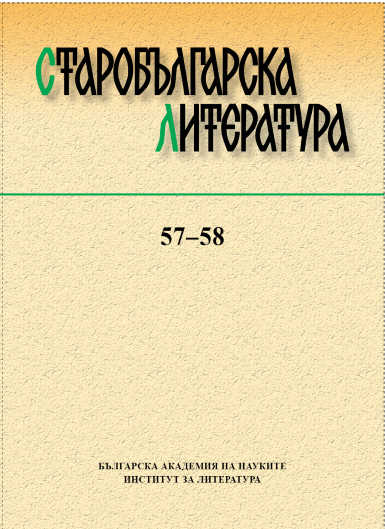
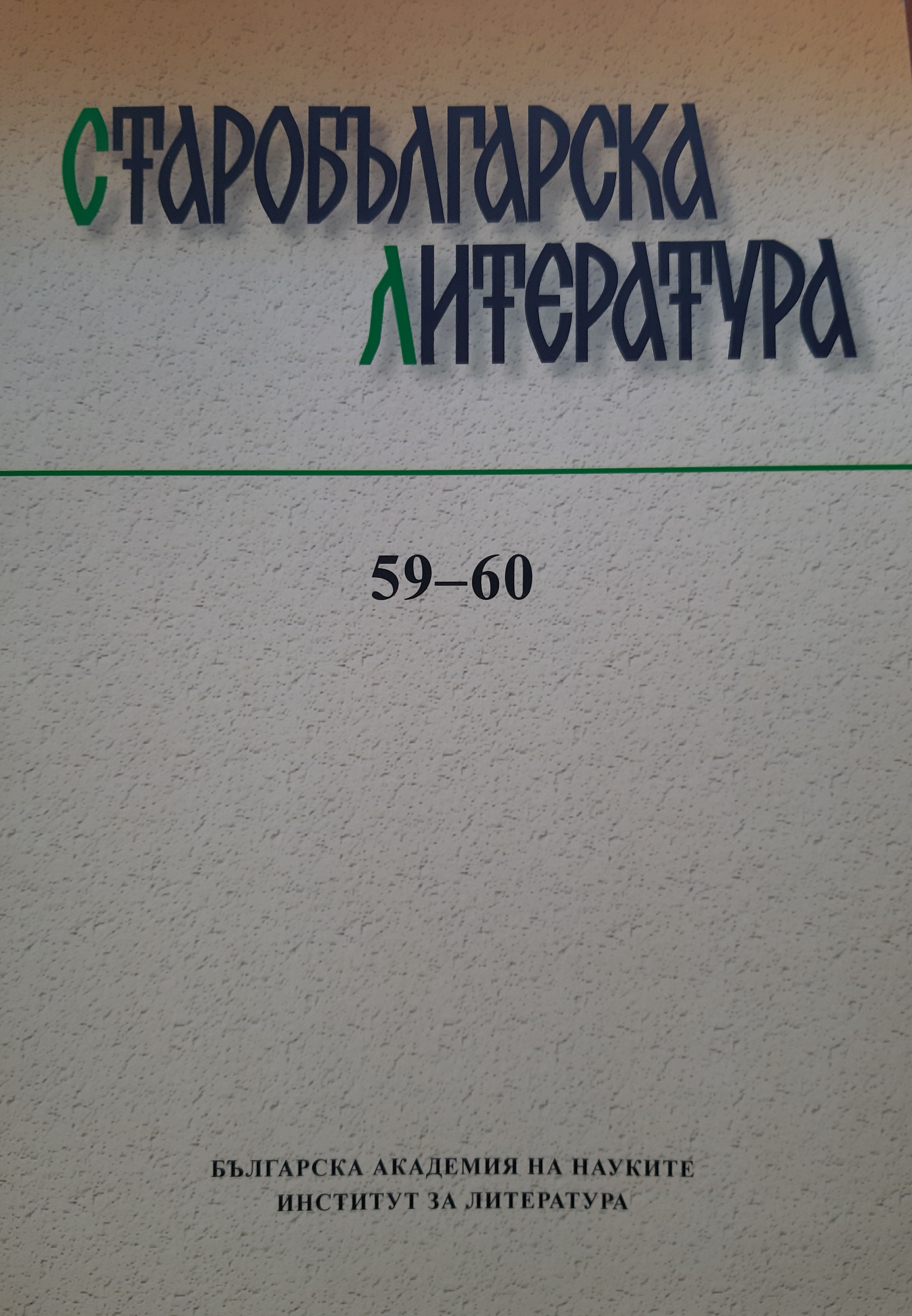
Slavonic compilations, recycling extant texts, must be considered texts in their own right even if they fulfil only half of the requirements imposed by text linguistics: their reception and transmission in no way differs from that of other texts. The two compilations named and eight others with similar content raise the question, whether their relationship is filial, i.e. shaped by accidents of transmission, or sibling, i.e. designed by different compilers. A review of the differences in content per chapter, complemented by reviews of five different types of editorial intervention and of the treatment of the more than 30 different source texts shows that nine of the ten compilations are, indeed, independent texts, while one is a version affiliated to an extant compilation. Slavonic compilations, recycling extant texts, must be considered texts in their own right even if they fulfil only half of the requirements imposed by text linguistics: their reception and transmission in no way differs from that of other texts. The two compilations named and eight others with similar content raise the question, whether their relationship is filial, i.e. shaped by accidents of transmission, or sibling, i.e. designed by different compilers. A review of the differences in content per chapter, complemented by reviews of five different types of editorial intervention and of the treatment of the more than 30 different source texts shows that nine of the ten compilations are, indeed, independent texts, while one is a version affiliated to an extant compilation.
More...




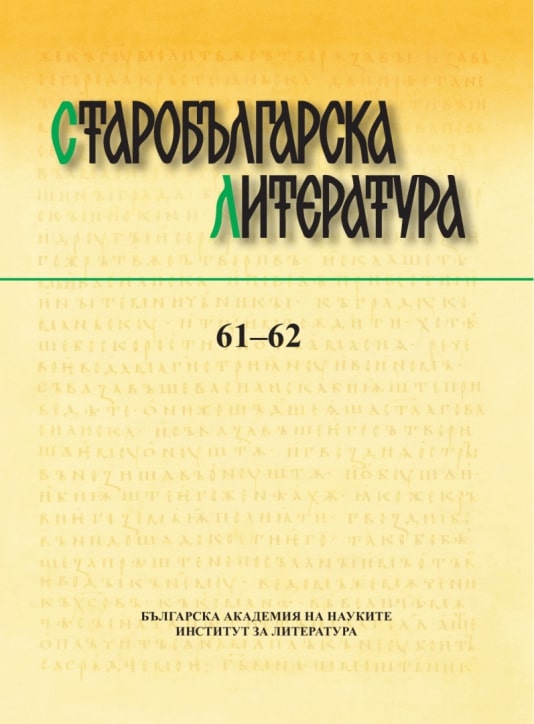
This article examines the earliest extant collection of ecclesiastical legislation (1360s-1380s) in Bulgaria, its significance for studying Byzantine Canon Law, and the history of its reception in the Second Bulgarian Kingdom. Ms. 1160 of the Bulgarian Church-Historical and Archival Institute (CHAI) already has a phototype edition, but neither its compilation program, clearly linked to Bulgarian monasticism, nor its provenance have been sufficiently studied. It is one of the five earliest exemplars of a Byzantine prototype, conventionally known in Slavic studies as Pseudo-Zonaras, which is similar but not identical to the provincial Byzantine Nomocanon of Cotelerius. The content of the manuscript is richer than the textual core of the Nomocanon, including texts unknown in any other available copy. These unique texts highlight its currency in the 14th century. Regulations for clergy, especially monks, predominate. The author offers an explanation why the note by the principal scribe of the manuscript, the monk-priest Simeon, is placed after a text about the role of asceticism. She examines a block of sixteen rules from the Council in Trullo in its role as a textual “convoy,” concluding that its translation does not correspond to the translation of the same rules in the Slavonic Kormchaia books, although it follows the general translation principles of the Nomocanon corpus. The article also proposes that the inclusion of this textual block in the codex is not accidental, and maintains that it is methodically justified to study the earliest copies of Pseudo-Zonaras in order to determine the historical context that gave rise to this particular translation, so that we can establish in what degree it reflects the prototype and in what it constitutes a compilation. CHAI 1160 is a Slavonic translation of a Byzantine Canon Law codex from the first quarter of the fourteenth century in Palaiologos Byzantium, when canonical and secular law texts were newly bound together to restore the Byzantine legal tradition after years of Latin domination.
More...

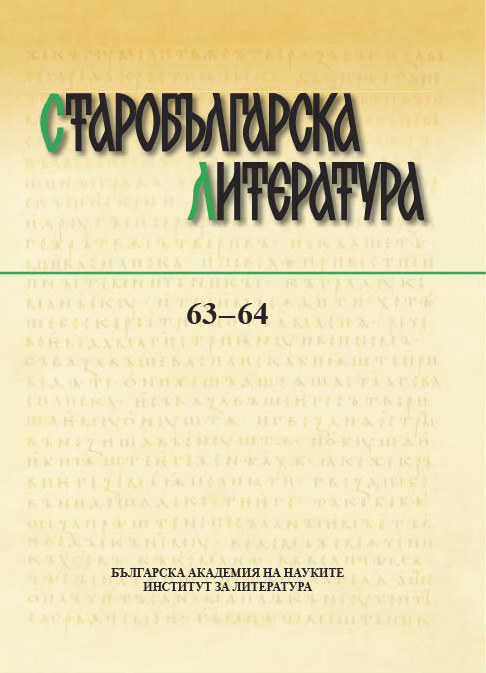

This article examines several unique examples in the Byzantine and Old Bulgarian hagiographical literature of the fourteenth–fifteenth centuries, which reflect the spiritual state of the Hesychast offering the so-called Jesus Prayer or Prayer of the Heart, a new form of the “inner prayer” (νοερὰ προσευχή), originating from the early Christian hermitic practices, which found theological justification in the writings of Evagrius of Pontus (ca. 345–399/400). The reason for searching for its literary reflection is the famous passage from the Encomium in praise of Patriarch Euthymius of Turnovo by Gregory Tsamblak. It describes how Euthymius as a disciple of Theodosius of Turnovo saw his mentor in an unusual and even frightening condition: standing in his full stature, with his hands raised up and his eyes radiating such a strong light, as if it were a flame. This image in Tsamblak is unique in the Old Bulgarian literature of the period and has its parallel only in the Vitaе of the Athonite Hesychast, Maximos of Kapsokalyvia (ca. 1270/1280–ca. 1365/75), three of which were written by his followers and disciples, St Niphon of Kapsokalyvia (1315–1411), Theophanes, Metropolitan of Peritheorio, and Hieromonk Ioannikios Kochylas, and the most recent one by the Byzantine scholar Macarius Macres (1382/1383–7 Jan. 1431). Due to the differences in the specific details and circumstances in their descriptions, it was established that they were not the original source of Tsamblak. Influenced by the second of the three Triads (In Defense of the Holy Hesychasts) by Gregory Palamas, he chose as a model a very similar story about the hermit Arsenius from the alphabetical collection Apophthegmata Patrum (PG 65: 94 C). The fear and astonishment of those who see the flames of the praying recluses, and the fact that the ascetics themselves somehow deny what is seen, can be explained not only by the extremely metaphysical nature of what is happening and ascetic modesty, but also by the notion of an evil spirit sent from the devil, or by the influence of heretical ideas and practices. Especially in the Vitae of the fourteenth–fifteenth centuries the hermit's apparent indifference and even the ban on sharing what was seen was probably dictated by the writers' desire to prevent a reaction of disbelief, as well as the accusation of non-Orthodoxy, as Hesychasts were known to be accused by their opponents as Bogomils and Massalians because of similarities in their ascetic practices with these heretical movements.
More...